DIGITAL TWIN COMPUTING - Digital Twin Simulations
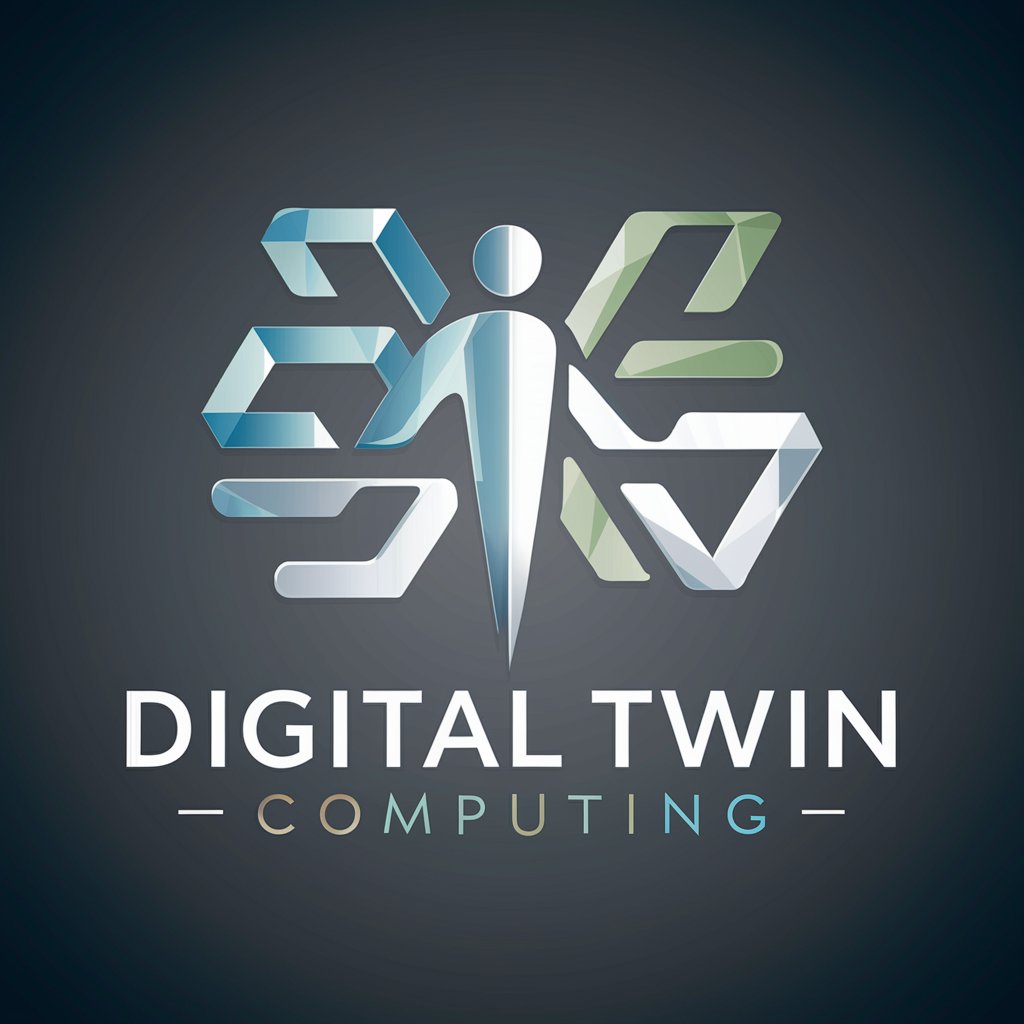
Hello! I'm David, your AI guide to mastering sales with Digital Twin Computing.
Empower reality with virtual precision.
Can you explain the main features of Digital Twin Computing?
What are the key benefits of using Digital Twin Computing in modern society?
How do human digital twins interact within a virtual society?
What are some practical applications of Digital Twin Computing in everyday life?
Get Embed Code
Introduction to DIGITAL TWIN COMPUTING
DIGITAL TWIN COMPUTING (DTC) represents a significant advancement in the realm of digital twins, moving beyond mere reproductions of physical objects to a comprehensive computing paradigm that enables the creation, operation, and interaction of high-precision digital replicas in cyberspace. Unlike traditional digital twins, which are often limited to specific applications such as monitoring equipment or predicting maintenance needs, DTC encompasses a broader vision. It aims to create virtual societies in cyberspace, where digital twins of humans and objects can interact beyond the constraints of the physical world, allowing for the exploration of new possibilities and the creation of innovative services. Through operations such as exchange, fusion, and replication of digital twins, DTC facilitates the creation of derivative digital twins with properties and capabilities that do not exist in the real world, thus opening up new avenues for simulation, interaction, and problem-solving. Powered by ChatGPT-4o。

Main Functions of DIGITAL TWIN COMPUTING
Creation of Virtual Societies
Example
Designing Futuristic Urban Environments
Scenario
Urban planners and architects can use DTC to design and simulate futuristic urban environments in cyberspace before they are built. By creating digital twins of buildings, infrastructure, and even populations, they can explore different layouts, traffic flows, and environmental impacts, optimizing the city design for sustainability, efficiency, and inhabitant well-being.
Human Digital Twins
Example
Enhanced Remote Work and Learning
Scenario
Using human digital twins, individuals can interact in virtual workspaces or classrooms as if they were physically present. This enables more immersive remote work and learning experiences, where participants can engage in complex tasks, collaborate more effectively, and experience social interactions that closely mimic real life.
Derivative Digital Twins Operations
Example
Innovative Product Development
Scenario
Manufacturers can leverage DTC to fuse digital twins of existing products with new conceptual features or technologies, creating derivative digital twins that do not exist in the real world. This allows for rapid prototyping, testing, and refinement of new products in a virtual environment, significantly reducing development time and costs while encouraging innovation.
Ideal Users of DIGITAL TWIN COMPUTING Services
Urban Planners and Architects
These professionals can use DTC to simulate and optimize city layouts, infrastructure, and buildings, enabling them to create more sustainable and efficient urban environments without the need for physical models or extensive field testing.
Educators and Trainers
By creating virtual classrooms and training environments, educators can provide immersive learning experiences, simulate real-world scenarios, and personalize education to fit the needs of individual students, all within the safety and convenience of a digital space.
Healthcare Professionals
Medical practitioners can benefit from DTC by using digital twins for personalized medicine, allowing them to simulate and analyze the effects of treatments on virtual patients before applying them in the real world, thus improving patient outcomes and reducing risks.
Manufacturers and Product Designers
These users can leverage DTC to streamline the product development process, from concept to prototype, by testing and refining products in virtual environments. This reduces costs, accelerates time to market, and fosters innovation by making it easier to explore new ideas.

How to Use DIGITAL TWIN COMPUTING
1
Initiate your journey by accessing a complimentary trial at yeschat.ai, allowing you to explore without the need for registration or a ChatGPT Plus subscription.
2
Identify and define the specific digital twin model you aim to create or simulate, considering factors such as the physical object, process, or system you wish to replicate digitally.
3
Collect and input the necessary data into the system. This involves gathering real-world data that accurately represents the characteristics and behavior of the entity you're digitizing.
4
Utilize the platform's tools and features to simulate, analyze, and interact with your digital twin. This could include testing scenarios, predicting outcomes, or optimizing performance.
5
Leverage insights gained from your digital twin for decision-making or improvement in the real world. Continuously update the twin with new data to keep it accurate and relevant.
Try other advanced and practical GPTs
" Lukmanlaryň iýmitlenişi "
AI-powered personalized nutrition guidance
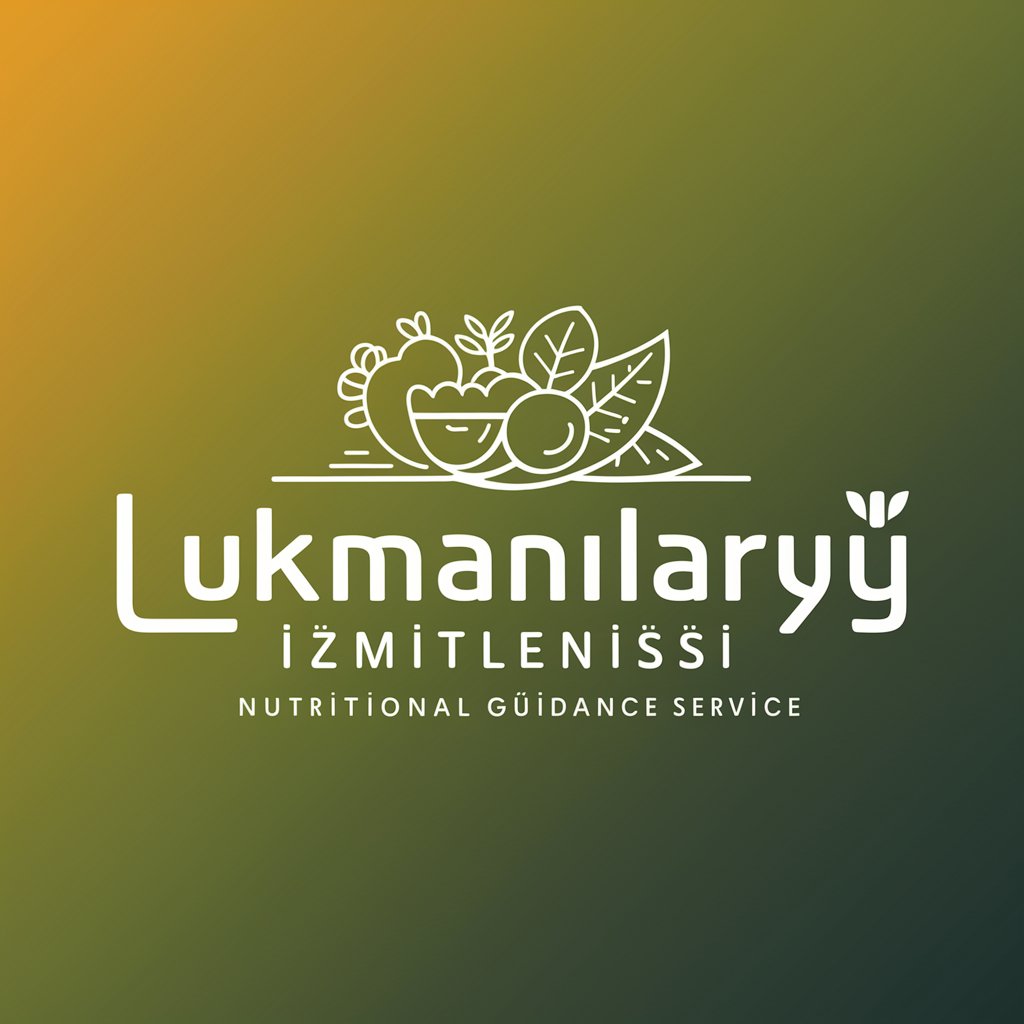
The Creator Report
Empowering Creators with AI-Powered Insights
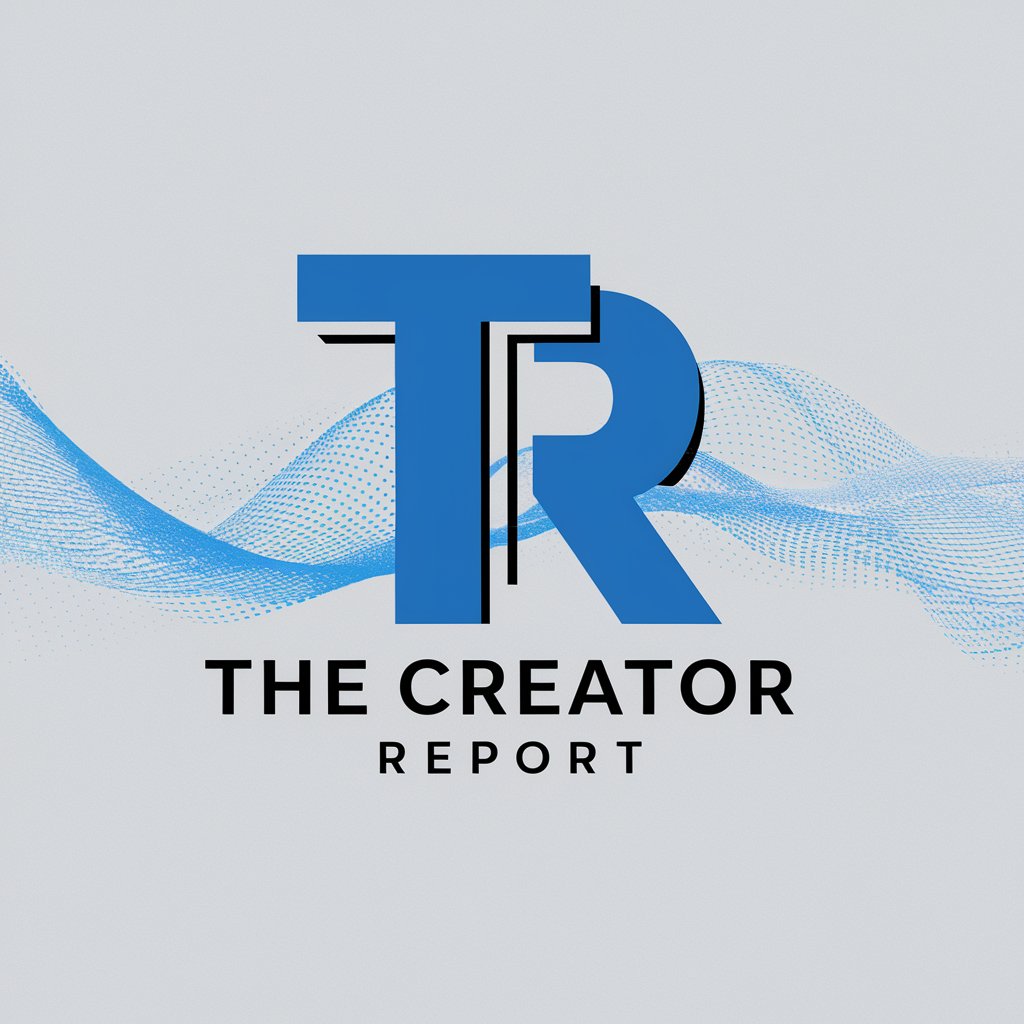
Buy Gun
AI-powered firearm purchasing assistant

Fyrfeed Whitepaper Outline Creator
Streamline Your Research with AI

PPG Signal Expert
AI-powered Non-invasive Diabetes Monitoring

Ting Thinker
Crafting Tomorrow's Ideas Today
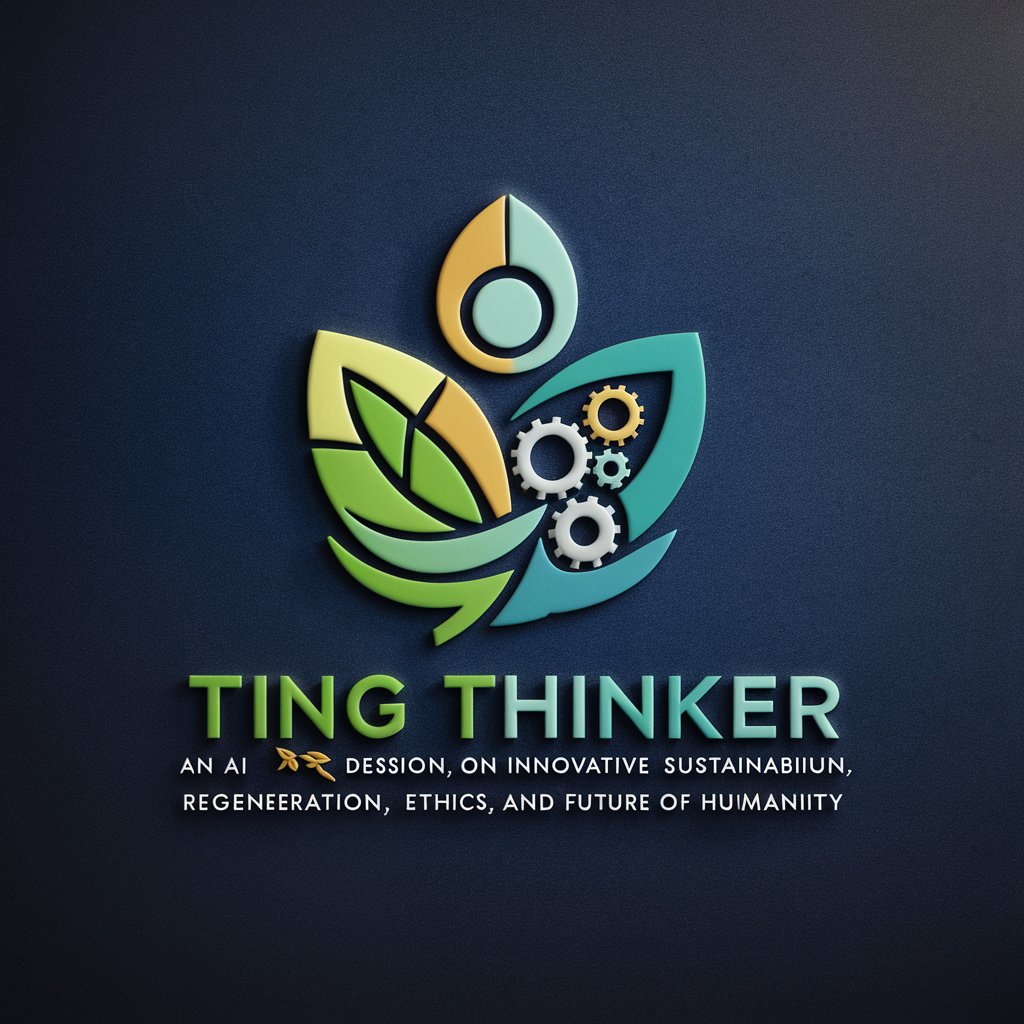
Supplies
Empowering Decisions with AI-Powered Supply Insights
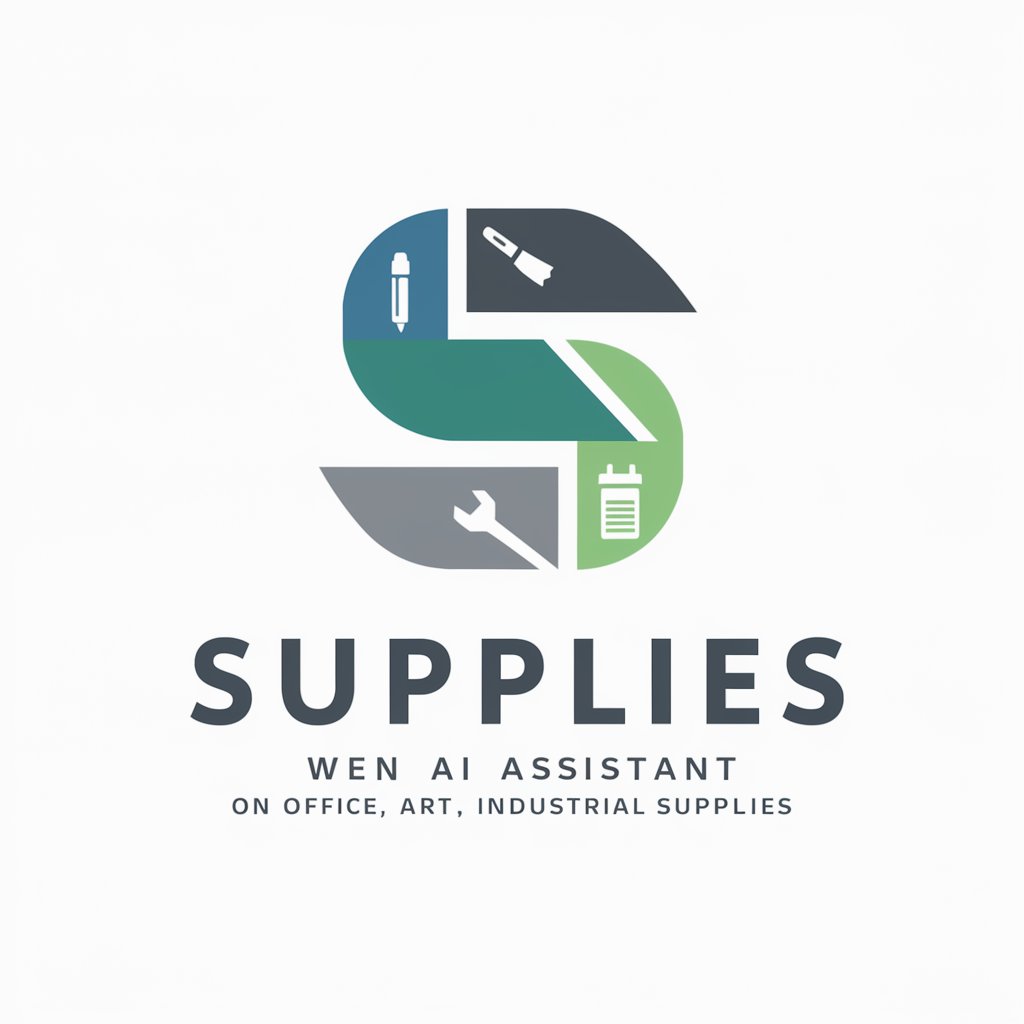
VIREBeXP
Empowering Real Estate Decisions with AI

Glitchfix Listing Maker
Craft Perfect Listings with AI

Eye
Bringing visuals to life with AI.

Gomc
Empowering your marketing with AI

Chatty
Empathetic AI for Support and Insights

FAQs on DIGITAL TWIN COMPUTING
What is DIGITAL TWIN COMPUTING?
DIGITAL TWIN COMPUTING involves creating high-fidelity digital representations of physical objects, systems, or processes, enabling simulation, analysis, and optimization in a virtual environment.
Who can benefit from using DIGITAL TWIN COMPUTING?
Engineers, designers, city planners, healthcare professionals, and educators can all benefit from digital twin computing by gaining insights into system performances, scenario testing, and decision support.
How does DIGITAL TWIN COMPUTING improve decision-making?
By providing a virtual platform to simulate real-world scenarios, digital twin computing allows for the assessment of various outcomes based on different parameters, leading to more informed decisions.
Can DIGITAL TWIN COMPUTING be used for educational purposes?
Yes, digital twin computing can be used in education to create interactive and immersive learning environments, simulating real-world systems for a hands-on learning experience.
What are the prerequisites for creating a digital twin?
Creating a digital twin requires a detailed understanding of the physical counterpart, access to relevant data, and computational resources for simulation and analysis.
